详细说明
Species Reactivity
Human
Specificity
Detects human ERK1 in Western blots. In Western blots, no cross-reactivity with human ERK2 is observed.
Source
Monoclonal Mouse IgG 2A Clone # 250603
Purification
Protein A or G purified from hybridoma culture supernatant
Immunogen
Human ERK1 synthetic peptide
Met1-Val28
Accession # P27361Formulation
Lyophilized from a 0.2 μm filtered solution in PBS with Trehalose. *Small pack size (SP) is supplied as a 0.2 µm filtered solution in PBS.
Label
Unconjugated
Applications
Recommended
ConcentrationSample
Western Blot
0.2 µg/mL
See below
Immunohistochemistry
8-25 µg/mL
See below
Immunocytochemistry
0.3-25 µg/mL
See below
Please Note: Optimal dilutions should be determined by each laboratory for each application. are available in the Technical Information section on our website.
Data Examples
Western Blot | Detection of Human ERK1 by Western Blot. Western blot shows lysates of HepG2 human hepatocellular carcinoma cell line, Jurkat human acute T cell leukemia cell line, and MCF-7 human breast cancer cell line. PVDF membrane was probed with 0.2 µg/mL Mouse Anti-Human ERK1 Monoclonal Antibody (Catalog # MAB1940) followed by HRP-conjugated Anti-Mouse IgG Secondary Antibody (Catalog # ). For additional reference, Recombinant Human Active ERK1 (Catalog # ) and Recombinant Human Active ERK2 (Catalog # ) (2 ng/lane) were included. A specific band for ERK1 was detected at approximately 44 kDa (as indicated). This experiment was conducted under reducing conditions and using . |
Immunocytochemistry | ERK1 in MCF‑7 Human Cell Line. ERK1 was detected in immersion fixed MCF‑7 human breast cancer cell line using Mouse Anti-Human ERK1 Monoclonal Antibody (Catalog # MAB1940) at 0.3 µg/mL for 3 hours at room temperature. Cells were stained using the NorthernLights™ 557-conjugated Anti-Mouse IgG Secondary Antibody (red; Catalog # ) and counterstained with DAPI (blue). Specific staining was localized to cytoplasm and nuclei. View our protocol for . |
Immunohistochemistry | ERK1 in Human Liver. ERK1 was detected in immersion fixed paraffin-embedded sections of human liver using Mouse Anti-Human ERK1 Monoclonal Antibody (Catalog # MAB1940) at 15 µg/mL overnight at 4 °C. Tissue was stained using the Anti-Mouse HRP-DAB Cell & Tissue Staining Kit (brown; Catalog # ) and counterstained with hematoxylin (blue). Specific staining was localized to cytoplasm in hepatocytes. View our protocol for . |
Preparation and Storage
Reconstitution
Reconstitute at 0.5 mg/mL in sterile PBS.
Shipping
The product is shipped at ambient temperature. Upon receipt, store it immediately at the temperature recommended below. *Small pack size (SP) is shipped with polar packs. Upon receipt, store it immediately at -20 to -70 °C
Stability & Storage
Use a manual defrost freezer and avoid repeated freeze-thaw cycles.
12 months from date of receipt, -20 to -70 °C as supplied.
1 month, 2 to 8 °C under sterile conditions after reconstitution.
6 months, -20 to -70 °C under sterile conditions after reconstitution.
Background: ERK1
ERK1 is a protein Serine/Threonine kinase that is a member of the extracellular signal-regulated kinases (ERKs) which are activated in response to numerous growth factors and cytokines (1). Activation of ERK1 requires both tyrosine and threonine phosphorylation that is mediated by MEK. ERK1 is ubiquitously distributed in tissues with the highest expression in heart, brain, and spinal cord. Activated ERK1 translocates into the nucleus where it phosphorylates various transcription factors.
Long Name:
Extracellular Signal-regulated Kinase 1
Entrez Gene IDs:
5595 (Human); 26417 (Mouse); 50689 (Rat)
Alternate Names:
EC 2.7.11; ERK1; ERK-1; ERK1p44-MAPK; ERT2; Extracellular signal-regulated kinase 1; extracellular signal-related kinase 1; HS44KDAP; HUMKER1A; Insulin-stimulated MAP2 kinase; MAP kinase 1; MAP kinase 3; MAP kinase isoform p44; MAPK 1; MAPK 3; MAPK3; MGC20180; Microtubule-associated protein 2 kinase; Mitogen-activated protein kinase 1; mitogen-activated protein kinase 3; P44ERK1; p44-ERK1; p44mapk; PRKM3; PRKM3EC 2.7.11.24







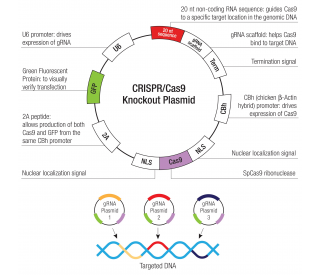
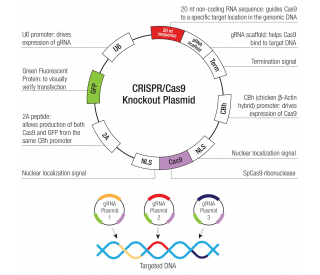
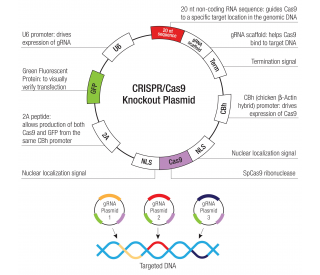
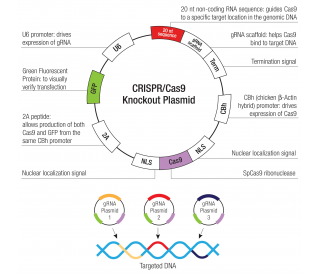
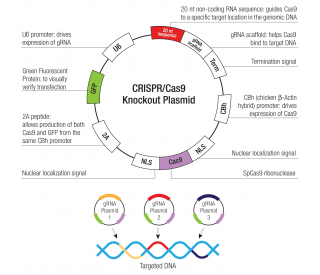
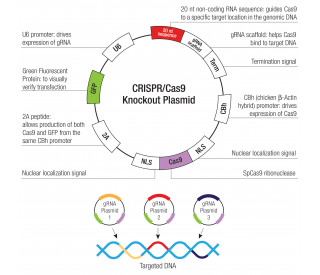



 粤公网安备44196802000105号
粤公网安备44196802000105号